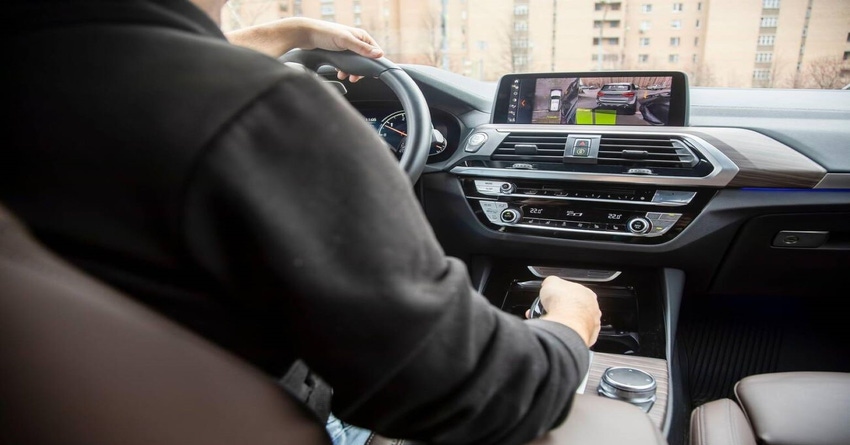Radar Proponents See Bright Future With Open API Standard
Easing hardware and software interoperability could lead to increased radar apps in medical, automotive apps

Radar has traditionally been associated with military and aerospace applications, but the technology is uncovering new uses in applications such as autonomous vehicles. Radar proponents discussed the technology’s outlook during a keynote session at the recent Sensors Converge conference in San Jose.
The case for radar received a boost in January, with the formation of the Ripple standard through the CTA (Consumer Technology Association) and a group of companies representing silicon, sensing, automotive, and electronics companies. The standard creates open and standard API interfaces for radar system development. The first release of the Ripple standard in January focused on enabling interoperability between FMCW radars by defining a hardware abstraction API, signal processing libraries, and extensions. The second release of the Ripple standard, in June, adds the specification documentation and updates the standard data formats of the hardware abstraction level.
The standard should alleviate some of the bottlenecks in developing radar applications, according to Raj Khattoi, Senior Director of Sensor Systems and IoT for Americas at Infineon Technologies. “Standardized interfaces at all levels will allow building radar products and allow hardware vendors to achieve economies of scale.
Proponents of radar cite several advantages over technologies such as cameras. For one, radar can reliably estimate how far away an object is, compared to a camera which has to estimate the object’s distance based on the object’s size in the camera’s image. Also, as radar relies on radio waves instead of light as with cameras, they are unaffected by factors such as rain, fog, snow, and smoke.
While radar is already being eyed for automotive applications such as ADAS, radar supporters believe the ability to leverage standard interfaces will allow even more radar applications, according to Nick Colella, Senior Engineering Manager, Digital Cockpit Technologies & AIML Solutions at Ford Motor Company. “We want to use ADAS and radar for interior applications as well. We need to develop robust sensing technology for occupant sensing. Radar can see through seats, see occupants in blankets.”
Colella and other session participants agreed that radar has one advantage over traditional cameras, that being security. “You don’t want a camera in the shower, you want to have a system that protects privacy,” said Infineon’s Khattoi. They also noted that radar can sense through materials.
Medical applications could be a key market for radar. Catherine Liao, Co-Founder & Ceo of Blumio, forsees possible radar applications for non-invasive, non-contact body imaging and monitoring. She believes the assistive nature of radar can be used to monitor elderly patients who want to live independently but require monitoring. “Radar can help the elderly feel safe without always feeling like they’re being monitored,” she said, referring to the more intrusive nature of technologies such as cameras.
Liao foresees radar leading to more non-contact, non-invasive body monitoring. She believes radar can answer the call for more detection of movements inside the body from outside the body. She foresees more devices inside homes that monitor our bodies at the same time.
Brandon Barbello, Senior Product Manager. Research and Machine Intelligence for Google, expects radar to be used to sense presence and gestures of people. “There is the potential to use radar to help understand the activities of people at events. This could help warn of issues and pending situations.”
Barbello added, “The trend in IoT is to use cameras, but radar can accomplish the same use case.”
Spencer Chin is a Senior Editor for Design News covering the electronics beat. He has many years of experience covering developments in components, semiconductors, subsystems, power, and other facets of electronics from both a business/supply-chain and technology perspective. He can be reached at [email protected].
About the Author(s)
You May Also Like





